Do UK sheep farmers use orf vaccine correctly and could their vaccination strategy affect vaccine efficacy?
S. Small, L. Cresswell, F. Lovatt, E. Gummery, J. Onyango, C. McQuilkin and W. Wapenaar | Veterinary Record | September 2019
Orf is a highly contagious zoonotic disease which causes pustular dermatitis and high morbidity in sheep…

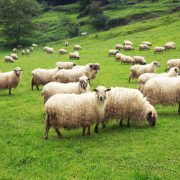
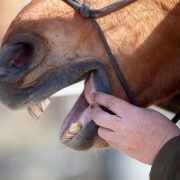


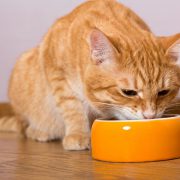
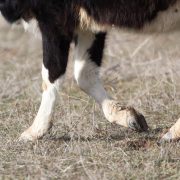


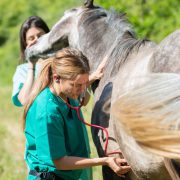

Connect with us